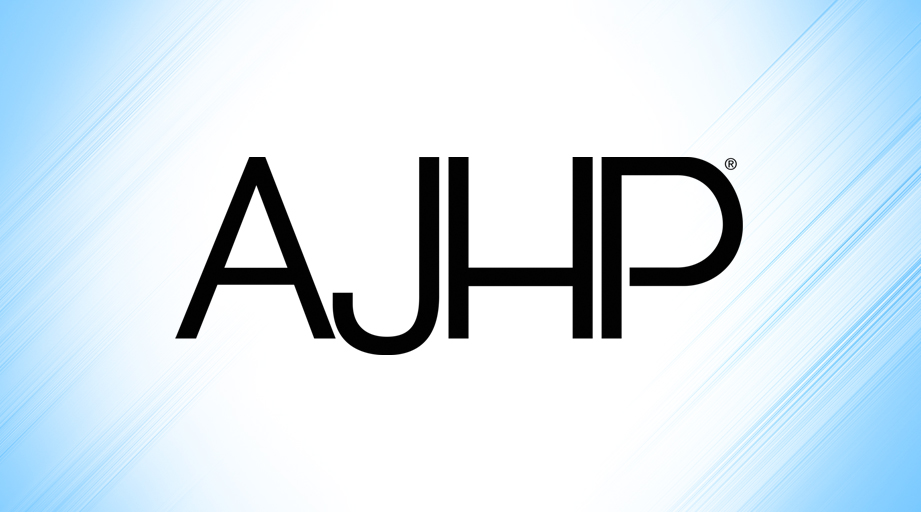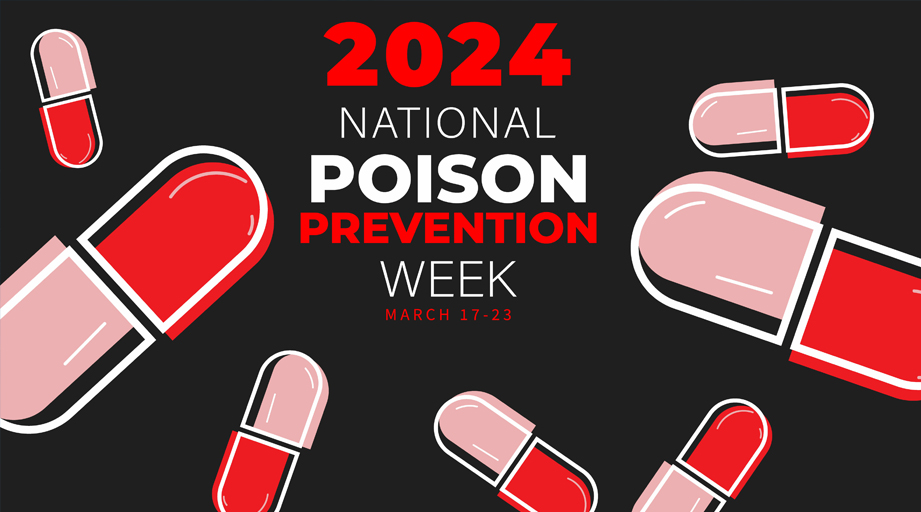
Participants in ASHP’s Aug. 24 Pharmacy Executive Leadership Alliance (PELA®) and the Section of Pharmacy Practice Leaders forum say that the profession’s path forward on population health management runs through strategic initiatives focusing on quality metrics for public and private payers.
What’s still unclear is exactly where to direct the profession’s efforts to meet payers’ quality expectations.
“Do we prioritize putting pharmacists in internal medicine practices versus family medicine, [because] internal medicine patients tend to be more complicated?” asked presenter Fern Paul-Aviles, assistant vice president for population health strategy, 340B, community clinic pharmacy services, behavioral health, and long-term care for Charlotte, North Carolina-based Atrium Health. “Do you put more pharmacist resources in the practices that have more value-based contracts? Or do you look at where the worst quality scores are and allocate pharmacists where the worst quality scores are in the hope of improving the quality scores in those practices?”
Fern-Aviles said her health system has shared-savings contracts with four Medicare Advantage plans. To secure the full financial incentives and attain the highest Medicare star rating, the healthcare team must meet medication adherence targets for beneficiaries taking statins, antihypertensive drugs, and diabetes medications.
One thing that’s become apparent, she said, is that outpatient clinics that have pharmacists onsite to improve medication adherence have better clinical outcomes and higher Medicare star ratings than sites without adherence-focused pharmacy staff.
“This is one of the things we used as justification for getting more resources in the Medicare Advantage adherence work,” Fern-Aviles said.
Presenter Laura Hanson, ambulatory pharmacy manager for Virginia Mason Franciscan Health (part of CommonSpirit Health) in Washington state, said her organization’s implementation of a hybrid pharmacist care model has improved clinical outcomes and boosted financial returns for federal and commercial value-based population health initiatives.
“In Washington, we have a fairly progressive practice model,” Hanson said. “And like everybody else, we’re really focused on our value-based contracts and population health initiatives, trying to capture our quality, improve the quality, and not leave incentive payments on the table.”
Hanson said that commercial payers have driven most of the health system’s value-based care initiatives, but a recent acquisition expanded the organization’s value-based care among the Medicare Advantage population. And she noted that Virginia Mason Franciscan Health participates as an accountable care organization in the Medicare Shared Savings Program, a value-based initiative targeting fee-for-service Medicare beneficiaries.
The Centers for Medicare & Medicaid Services (CMS) announced Aug. 30 that the Medicare Shared Savings Program saved Medicare more than $1.6 billion last year relative to the initiative’s spending targets. According to CMS, more than a half million clinicians participated in shared savings programs through January 2022, delivering care to more than 11 million fee-for-service Medicare beneficiaries.
Hanson said her organization’s pharmacists assist population health through three service tracks: direct care of patients with targeted conditions; centralized indirect patient care; and administrative population management in collaboration with contract-management staff. The population-health service model focuses on the management of hypertension, diabetes, statin therapy, and opioid use disorder by building on successful care models.
For example, Hanson said, “we have really looked at hypertension as our new anticoagulation, where pharmacists are the primary operator. So we’re trying to make it that every patient — once they’re diagnosed — at the system level, they’re going to be referred to pharmacists.”
Hanson said that for her health system, pharmacists’ biggest “bang for the buck” in population health comes from managing diabetes and hypertension.
“We’ve done projects in the past where we can see that clinics that have pharmacists score better, the physicians score better on their dashboards,” Hanson said. “By having that extra time to really focus on disease states that impact our quality goals, the pharmacists make a difference.”
Hanson noted that pharmacists were managing chronic conditions long before they were targeted by payers through value-based care mechanisms. “What’s really different is our systemwide push to involve the pharmacists with specific patients versus it just being up to the doctor to refer who they thought was the best fit,” she said.
Hanson said it’s critical that staff skills and tasks are properly matched to deliver efficient patient care. For example, pharmacy technicians assist in medication adherence efforts by screening patients during initial visits and ensuring that patients with complex regimens and needs see a pharmacist.
“So we’re really making sure that we are aligning the right person for the right job. A lot of outreach that we do is driven by medical assistants or pharmacy techs first, and then it’s triaged out and whoever really needs a pharmacist is directed to a pharmacist,” she said.
Hanson said one of the obstacles — or opportunities — for large health systems that are systematically implementing population health programs is the need for department leaders to connect and coordinate their efforts.
“It’s [about] making sure that you’re talking to all of the right people that are involved in this work at the different levels,” Hanson said.
Fern-Aviles said her biggest obstacle to implementing population health initiatives at Atrium Health has been identifying high-priority elements of value-based contracts that can be influenced through pharmacists’ interventions and thus guide decisions on where to place pharmacists.
“We have really struggled with that,” she said. But she said a technology specialist has responded to the need by creating a comprehensive platform that shows adherence information for patients alongside clinical metrics.
“But we have waited years to have this dashboard available to us,” Fern-Aviles noted.
Despite the uncertainties about how value-based population care will evolve, Fern-Aviles said she’s happy for the opportunity to contribute to payment models that operate without the need for pharmacists to be recognized as healthcare providers under Medicare.
“I think that value-based care is an absolute Godsend to pharmacists, because pharmacists’ work can contribute so heavily to the success in these value-based contracts,” she said. “I think that the demand for pharmacists, especially ambulatory clinical care pharmacists, is going to go up when we’re in an entirely value-based world. I think it’s a great opportunity for ambulatory care clinical pharmacists.”
ASHP’s PELA is a networking and information-sharing member resource for chief pharmacy officers and multi-hospital system pharmacy executive leaders. Invited participants gather for symposia, virtual conferences, and periodic forums to brainstorm and to influence ASHP’s agenda for supporting pharmacy executive leadership as they implement innovative practices to meet the needs of health systems, patients, and the pharmacy profession.








